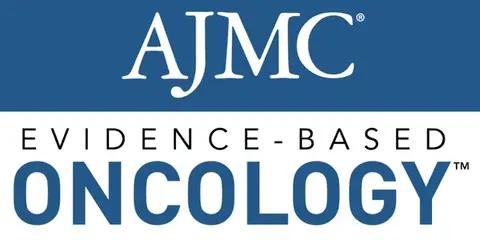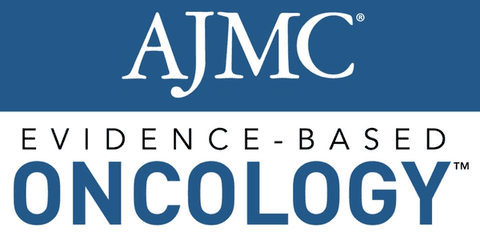Article
Study Examines Impact of Deviating From NCCN Guidelines for Metastatic Breast Cancer
Author(s):
A recent study looked at regimens concordant with the National Comprehensive Cancer Network (NCCN) Guidelines for Metastatic Breast Cancer (MBC) in order to describe categories of nonconcordant treatments; evaluate patient- and provider-level factors associated with nonconcordance; and determine the impact of nonconcordance on mortality, Medicare spending, and rates of healthcare utilization.
Use of nonconcordant treatments is known to contribute to the increasing cost of cancer care. A recent study looked at regimens concordant with the National Comprehensive Cancer Network (NCCN) Guidelines for Metastatic Breast Cancer (MBC) in order to describe categories of nonconcordant treatments; evaluate patient- and provider-level factors associated with nonconcordance; and determine the impact of nonconcordance on mortality, Medicare spending, and rates of healthcare utilization.
This analysis evaluated concordance of first treatment with NCCN guidelines for women with de novo stage IV MBC included within the Surveillance, Epidemiology, and End Results (SEER)—Medicare-linked database and diagnosed between 2007 and 2013. The review found that despite a lack of survival benefit, concordant care was associated with lower costs, suggesting potential benefit to increasing standardization of care.
Healthcare utilization and Medicare costs were higher for patients receiving nonconcordant treatments. Although mortality was not substantially higher, mortality risk varied (in both directions) depending on the specific nonconcordant regimen.
The authors wrote that the findings may influence policy decisions regarding implementation of pathway programs as health systems transition to value-based models, as increasing standardization presents an opportunity to enhance healthcare value.
Patient factors are known to contribute to nonconcordant care, but the role of provider factors is less clear. Payers and health systems are implementing pathway programs restricting reimbursement for nonconcordant regimens in an effort to minimize provider-based treatment variability. The top 10 nonconcordant chemotherapy agents contribute to an estimated $2.5 billion in cancer spending in the United States, the authors wrote.
Few data exist about the outcomes for nonconcordant treatment regimens, particularly in MBC, in which treatment varies due to the large number of available guideline-based options.
The study found that 19% of patients (188/988) with de novo MBC received nonconcordant treatment. Patients receiving nonconcordant treatment were more likely to be younger and have hormone receptor—negative and HER2-positive MBC.
A total of 81% of patients received guideline concordant initial treatment, with 80% receiving a “preferred” regimen and <1% receiving an “other” on-guideline regimen.
The most common category of nonconcordant treatment was use of adjuvant regimens in the metastatic setting (40%). Adjusted mortality risk was similar for patients receiving concordant and nonconcordant treatments (hazard ratio [HR], 0.85; 95% confidence limit [CL], 0.69, 1.05). When considering category of nonconcordance, patients receiving adjuvant regimens in the metastatic setting had a decreased risk of mortality (HR, 0.60; 95% CL, 0.43, 0.84).
Nonconcordant treatments were associated with $1867 higher average Medicare costs per month compared with concordant treatments (95% CL; $918, $2817). Single-agent HER2-targeted therapy was the highest costing category of nonconcordance at $3008 (95% CL; $1014, $5001).
Healthcare utilization rates were similar for patients receiving concordant and nonconcordant treatments.
Reference
Rocque GB, Williams CP, Jackson BE, et al. Impact of nonconcordance with NCCN guidelines on resource utilization, cost, and mortality in de novo metastatic breast cancer. J Natl Compr Canc Netw. 2018;16(9):1084-1091 doi: 10.6004/jnccn.2018.7036.





